Albania during the Winter is a mysterious place and people don’t really know whether they should come here or not. Most of them don’t even know if it is snows in this country. It’s a big question of what you can actually do in Albania during the winter season. This article will bring clarity and understanding. And will help you decide whether to come here for Christmas holidays or skiing.
And if you want a budget holiday, when deciding when it’s best to go to Albania, it’s a good idea to consider this period. Yes, you can’t go swimming in winter (only if you’re not afraid of the water temperature of +14-17 °C). But getting a tan is realistic. Because of the unpredictable weather in the mountainous areas, walking around may not be as enjoyable as it should be.
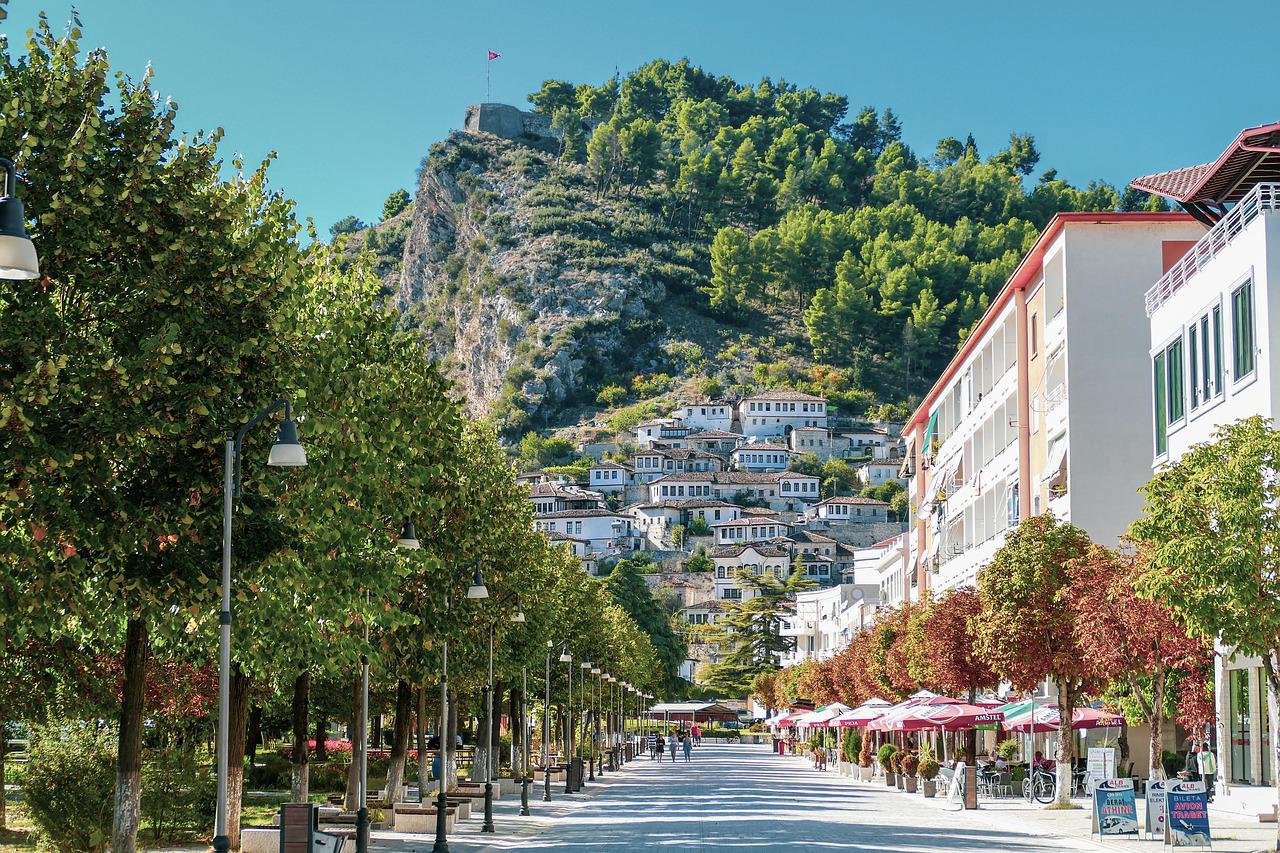
On the coast, though, the weather is usually quite comfortable for outdoor pursuits (+14-17 °C on average). It’s a great option for those who want to celebrate the New Year with birdsong, for example. It’s also a good (and cheap) place to spend Valentine’s Day, February 14.
And in order to choose where to go and not to miscalculate the weather, it is best to familiarise yourself with the climatic conditions of the country before planning your trip.
What is important to know about temperature zones in Albania
Although Albania is a small country, you’ll find three temperature zones, which differ greatly from each other.And this is especially true during the winter season.
Zone 1: the warmest zone
- The entire coastline of the country and the capital Tirana.
- The average temperature during the coldest winter months ranges from +5 to +15 °C.
- When it comes to specific cities, these are:
- Tirana
- Durres
- Vlora
- Dermi
- Himara
- Saranda
- Ksamil
Temperatures in these cities hardly ever reach 0 and snow is extremely rare here. The further south the city is, the warmer by a couple of degrees. Ideal for a winter holiday by the sea is Saranda.

Interesting fact: It applies to the whole world, not just Albania. If you count very roughly, every 100 metres of elevation gain lowers the average air temperature by 1 °C. The calculations are rough, but those who often hike in the mountains know this. This fact allows you to estimate what the temperature will be at the top of this or that mountain.
Zone 2: The Balkan Mountains
- The second zone is 30 km from the coast and further inland.
- If you look at the map, it’s everything north of Tirana and not on the sea.
- These are the Balkan Mountains. Their peculiarity is their low altitude, the peaks do not even reach 2000m.
- The cities are accordingly not on top.
- Albania’s highest mountain towns are Pogradec on Lake Ohrid, and neighbouring Korca.
- Both towns are 700-900 metres above sea level.
- On the coast, the average temperature is +5 to +15. In this region, it’s -2 to +8.
- Usually always above 0.
- But it can already snow in Korca and Pohradec. Yes, as a rule, it doesn’t stay for a long time. There are winters when it can snow for a month.
Interesting fact: there is no central heating in the country.

Zone 3: The Albanian Alps
These are the highest mountains in Albania. They are located in the north of the country and are called the Cursed Mountains. They are so called because they are inaccessible and difficult to reach, because they have sharp peaks that resemble the fangs of wild animals.
Read about these mountains and the coolest route in the Cursed Mountains (not in winter).
And in winter the valley closes completely. All the inhabitants, with only 30 houses, move to the town. And if in the village of Ses someone still stays. In the Valbona Valley at least 3 metres of snow falls every year.

Interesting to know: It would seem the perfect place for a ski resort. But no, the mountains are so inaccessible that there is nowhere to build slopes.
Rainfall in Albania in winter
On average, Albania receives 114 mm of rainfall during the winter. The number of sunny days is 83 and the number of rainy days is 8. Based on this, we can conclude that Albania has only a 9% chance of rain in winter.
Albania in winter: ski resorts
Very brief, but justified. There are no ski resorts in Albania. Although the country has more than 70% of its territory occupied by mountains. But the country is already in those latitudes, when it seems to snow, but it is little, melts quickly and generally not enough for a normal ski resort. And the Cursed Mountains in the north, as you have already read, are simply difficult to reach.

Interesting fact: Perhaps the southernmost genuine ski resort in the Balkans is Kopaonik in Serbia. There is no proper skiing further south.
There is actually one ski resort in Albania called Bigell. It is located in the village of Dardhe, 18km from Korca. To give you an idea of what the resort is all about, here are a few facts about it.
- The length of all the resort’s trails, and there are two, is 3 km
- Height difference – less than 100 metres
- There’s even a ski lift, but it’s a rope tow
- The season, because of the warm winters, is short, literally a month or two. Since the end of December. After that, the snow just melts away.
Seaside resorts in winter in Albania
It’s very simple. Almost all the infrastructure is closed to tourists in winter. And there are no tourists here. More or less a sane place by the sea, where there is life, restaurants work and you can manage to sunbathe on warm days, is Saranda. And don’t forget Tirana, it’s alive all year round, but Tirana is not by the sea.
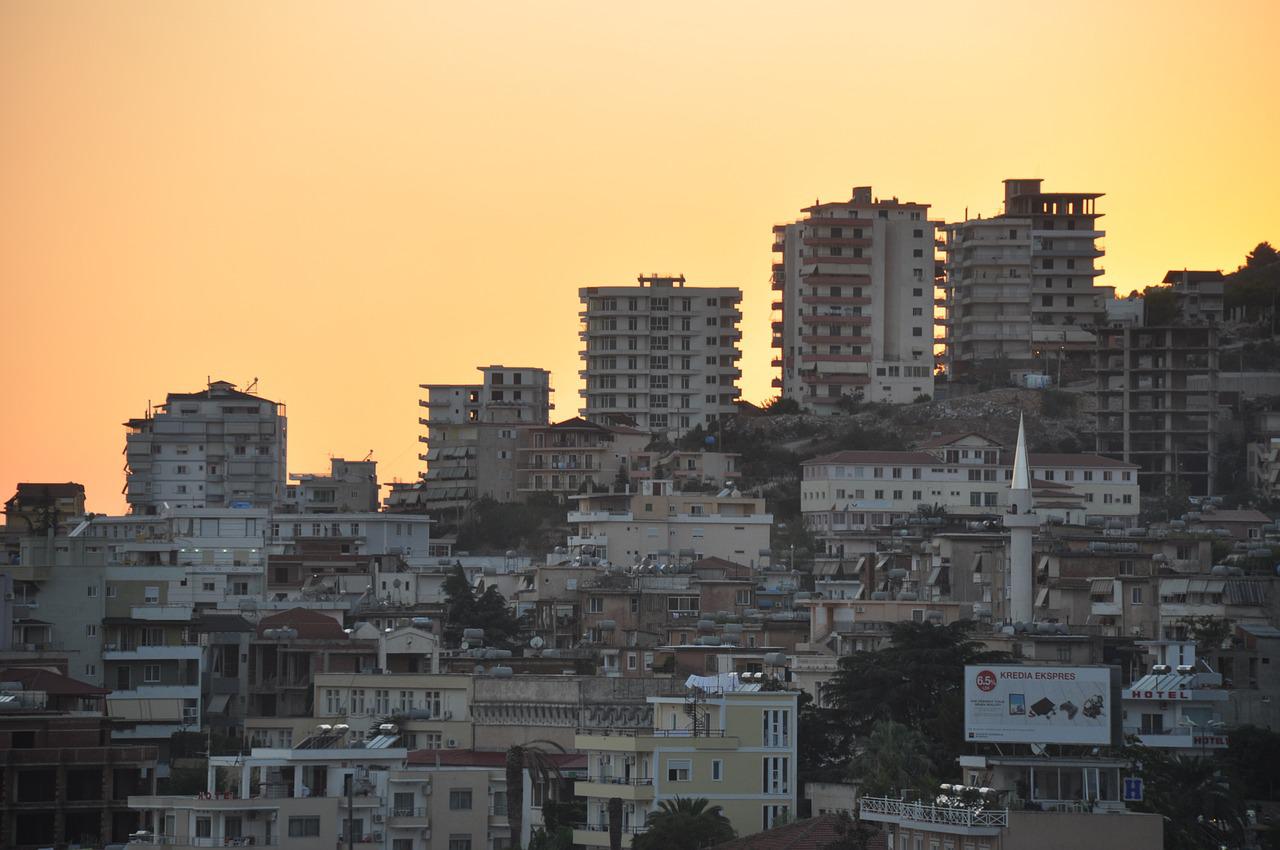
Good to know: Saranda is also great because from its port, there are high-speed ferries to the Greek island of Corfu every day, even in winter. Just 25 minutes, it’s an 8km swim and you’re in Greece, where it’s even warmer.
Albania in winter: Christmas and New Year

It’s a great idea. For Christmas and New Year’s Eve celebrations in Albania, Tirana is ideal.
- No snow. The temperature is around +10 and above.
- There is all the necessary infrastructure.
- It is a vibrant city that is already much closer to Europe than we think.
Tip: Ideally, fly to Albania on 30 December. Meet the New Year in Tirana. There are plenty of venues, and the cuisine and local hospitality are a big surprise. On the 2nd of January, you can spend a week on a relaxing holiday in Saranda. Yes, you’re unlikely to swim there, but you’ll get your fair share of sunbathing. For those who don’t know, Saranda has 300+ days of sunshine a year.
What to do in Albania in Winter
We recommend that you pay attention to museums, theatres and other cultural facilities:
1. The National Museum of the Icons of Onufri (Muzeu Ikonografik Onufri)
It is the national museum of Albania and is located on the premises of the Church of the Virgin Mary’s Dream in the fortress town of Berat. The museum consists of an ancient church with a well-preserved, striking ancient iconostasis, an altarpiece, and several rooms on two floors with a large number of 16th-19th century icons that managed to be magically preserved during the prohibition of religion. The museum is open from Wednesday to Sunday 10:00 – 18:00. Sunday akathist readings 17:00 – 19:00.
2. The Ethnographic Museum in Berat
Contains a variety of everyday objects from all of Berat’s history. The museum displays original furniture and a number of household items, a wooden wardrobe, wall cupboards as well as chimneys and a well. Next to the well there is an olive press, a wool press and many large ceramic dishes, revealing an insight into the historical home culture of the people of Berat. Opening hours during the winter season (1 October to 30 April): Daily 9:00 am to 4:00 pm, Sunday 9:00 am to 2:00 pm, Monday off.
3. Durres Archaeological Museum
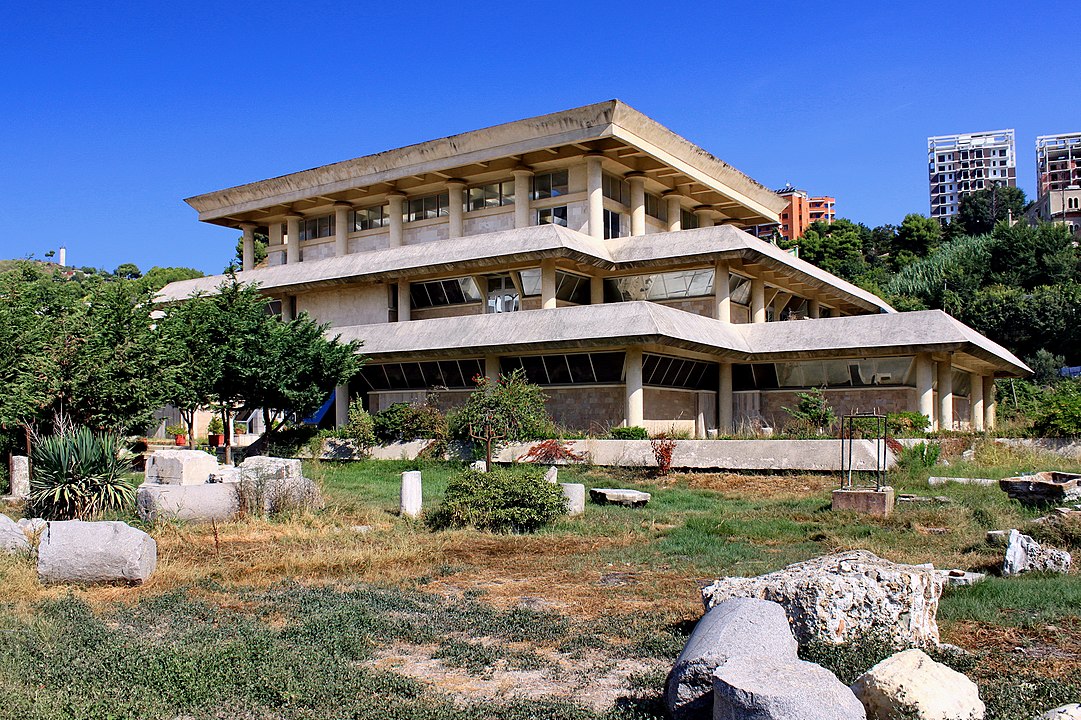
Was founded in 1951. It is currently the largest archaeological museum in the country. Tourists visiting Durres will be very interested to get acquainted with the rich collection of this museum, consisting of many historical treasures. The museum is open daily except Sundays and Mondays from 9am to 3pm.
4. The Skanderbeg Museum
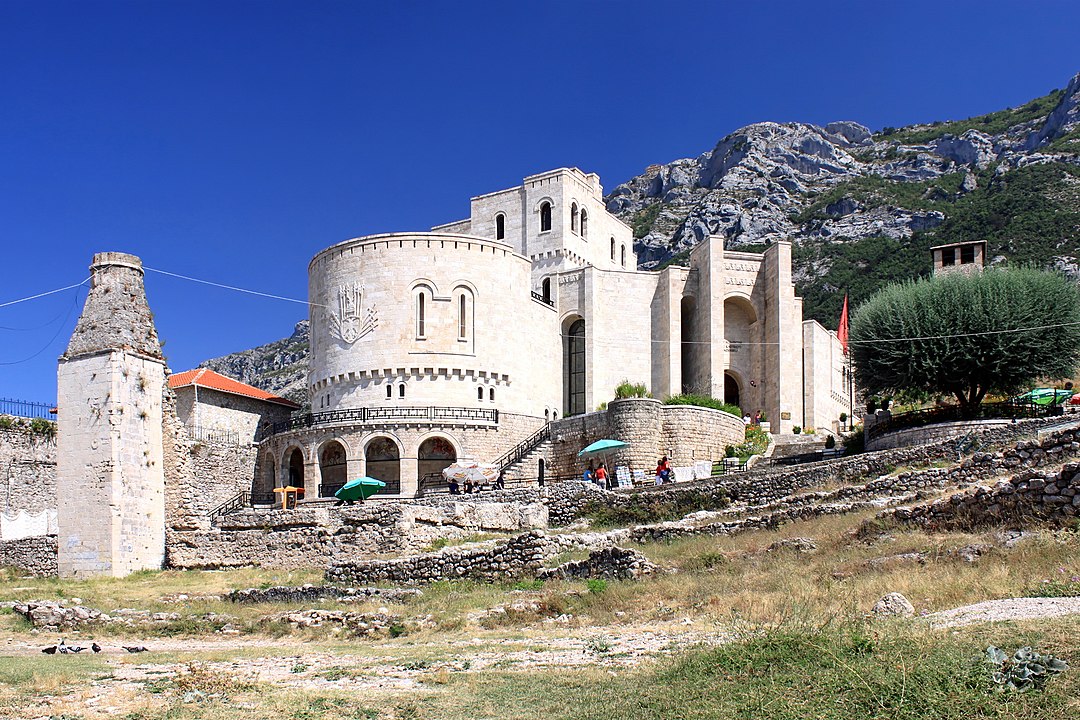
Is located in Kruja inside a restored fortress that served as a fortification during Ottoman times, perched on the cliffs about 600 metres above sea level. It offers a stunning view of the city. The tour of the museum begins with the history of the peoples who have lived on the territory of Albania since ancient times. Gradually the guide moves on to Skanderbeg and his exploits. All the exhibits are displayed in chronological order to show the life story of this brave warrior. Opening hours are 9 a.m. to 2 p.m. and 4 to 7 p.m, Monday off.
5. The Maroubi National Museum of Photography

Is located in the centre of Shkoder. The museum houses an extensive collection of 500,294 photographs of the Marubi dynasty heritage from 1856 to 1989, including negatives, historical photographs and photographic objects and cameras belonging to three generations of photographers. The museum is open Tuesday to Saturday from 9 a.m. to 4 p.m. and Sunday from 10 a.m. to 3 p.m, Monday off.
6. Albania’s National Theatre of Opera and Ballet (Teatri i Operas dhe i Baletit, TOB)
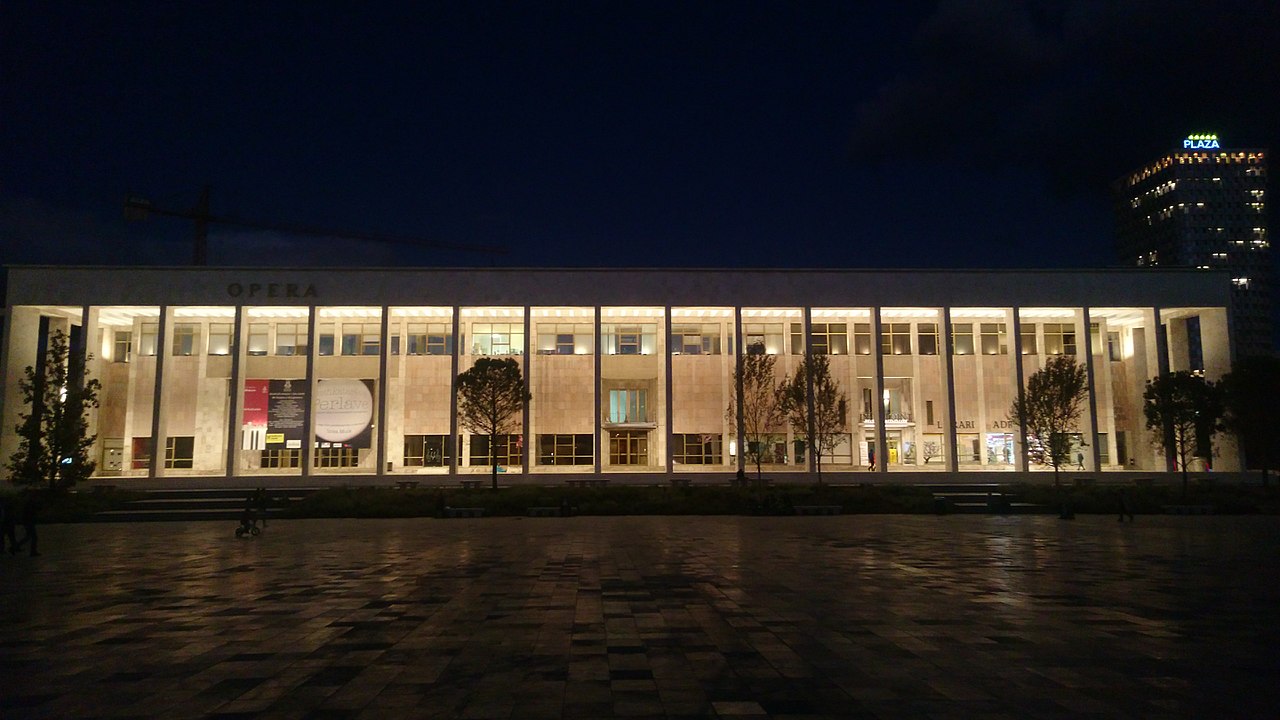
Is an opera theatre in Albania, located in the capital at the Palace of Culture in Tirana, in the heart of the city on Skanderbeg Square. Censorship was abolished following Albania’s change of social and political course in 1991, but the theatre faced a number of problems amid the nationwide crisis, including the departure of many members of the troupe abroad. Nevertheless, the theatre continued to function. You can now find up-to-date information about the productions on the theatre’s website.
7. The National History Museum
Is the largest historical national museum in Albania, located on Scanderbeg Square in Tirana. Its collection already contains over 5,000 exhibits. The museum has eight spacious halls telling the history of Albania. The Antiquities Pavilion contains more than 400 archaeological items, ranging from the Paleolithic Age to the last centuries of antiquity. The museum is open Tuesday to Saturday from 9 a.m. to 4 p.m. and Sunday from 10 a.m. to 3 p.m, Monday off.
8. The Apollonia museum

Complex is situated about thirty kilometres from Vlora, near the town of Fieri. At the end of the sixth century B.C. the Greeks founded a colony on the hilly plain through which the Aoia (Vyosa) River ran and called it Gilakea. The settlement was situated near the sea, close to the most important trade routes. Since 2006, Apollonia is the largest archaeological park in Albania, spread over an area of about 750 hectares. Archaeological research continues to this day. So far, no more than 10% of the city has been explored and many of Apollonia’s riches have yet to be discovered.
9. Sabiha Kasimati Natural Science Museum in Tirana
Was founded in 1948, the museum is affiliated with the University of Tirana and has departments of zoology, botany and geology. On 8 March 2018, the museum was named after Sabiha Kasimati , the first Albanian scientist to have made a major contribution to the study of freshwater fish. Kasimati was assassinated in February 1951 by the communist regime on charges of belonging to a group of 22 Albanian intellectuals who detonated a bomb in the Russian embassy in Tirana. In 1991 all the victims were rehabilitated by the new government and posthumously awarded the State Order of Honour. Open to visitors on weekdays from 8:00 am to 4:30 pm.
10. The thermal springs and Benje Canyon
There used to be a thermal spa with natural springs in Albanian Permet. Then the situation changed – it was abandoned in the 1990s. Today the hot springs in Albania are completely free. There are several stone pools in which you can take a dip. The surrounding scenery is impressive: snow-capped mountains, flowers, trees, the Ottoman bridge in the background. Albania’s thermal springs are completely free, located simply on a river in the mountains in the wild. Open 24 hours a day and 12 months a year.
Coordinates:
№1. 40.244169, 20.431862 – the most important and popular source and the largest
№2. 40.244313, 20.432565 – similarly popular here under the Byzantine bridge, but smaller in size
№3. 40.245025, 20.432616 – small baths 100 metres from the main springs
№4. 40.244902, 20.435003 – a steep bath overlooking the cliffs. The water is cool.
№5. 40.244331, 20.436833 – the coolest source and people are no longer here.
Also don’t forget that the winter is sale season and a great time to shop.
Shopping in Albania
There is a common misconception that there is nothing to do in Albania for shoppers. However, there are many brand shops and outlets in this country where you can buy exclusive goods much cheaper than in the main fashion capitals. This is due to the state’s “neighbour”, Italy. Many of its garment factories and factories are located in the cities of Albania, which label their items “Made in Italy”.
Albania is considered a very lucrative shopping destination. The country is famous for its marvellous craftsmen who hand-craft amazing decorative objects out of various materials (wood, wool, bone, etc.). Everywhere in the Republic you will find many souvenir shops with exclusive products such as figurines, silks, yarns or crockery.
A large number of souvenir shops and shopping centres are located in the city of Tirana, the capital of the Republic, but there are also places in other cities of the state where you can enjoy your time and buy the goods you want. A list of the most famous shopping centres in Albania:
- City Park is a great place for shopping in Albania. It is located in Tirana, practically in the centre. Here you will find more than 100 shops, of which 50 are just brand clothes and shoes. The mall has two cafes for rejuvenation. If you come with children, you can send them to the kids’ room while you shop. Prices in the shops are higher than in the markets in the country, but moderate. City Park’s administration carefully monitors the supply and quality of goods, so there are no fakes of well-known couturiers here.
- Qendra Tregtare Univers (QTU) is Tirana’s great shopping centre. It’s smaller than City Park and has slightly fewer shops. But it is easy to update your wardrobe in the shops of the centre or to buy interesting interior items. By the way, in Albania the prices of decor and furniture are very low, so pay attention to them.
- Casa Italia is an Italian clothing centre in Tirana. Here you’ll find clothes and accessories from the ‘fresh’ collections of famous Italian brands. If you’re lucky, you’ll be able to buy brand-name clothes at 50-60% discounts from the past season.
- COIN is a superb specialty centre in Tirana. Here you can buy branded handbags, watches, belts and cosmetics. Comparatively, it’s an expensive centre, with no items under €40, but the quality is top-notch. If you want something really exclusive, go there.
- Tirana East Gate is the biggest shopping centre in the Balkans. It opened in 2011 and has created a sensation. It is where you will find a large selection of clothes from Zara, Massimo Dutti, Pull&Bear, Stradivarius and many other brands. Walking around the centre, you will come across shops with Turkish silks, leather goods, sportswear and souvenirs. The centre has a couple of cosy cafes and a large children’s room that will help you shop in a relaxed, good mood. A special feature of the centre is the cinema, which is the biggest in Albania.
- The Old Bazaar (Bazari I Vjeter) is a huge market in the centre of Kruja. The prices here are the lowest in Albania. A large number of shops allow you to buy not only new clothes from local factories, but also lots of amazing decorative items.
- Venice Art Mask Factory is Albania’s most popular outlet. This centre sells exquisite Venice-style carnival masks that are of great interest to collectors. The craftsmen who make the masks are originally from Albania and actually work in the factory there. So it’s in this outlet that you can buy yourself an amazing accessory for relatively little money.
Winter is great not only for visiting museums and theatres, but also for sightseeing in nature. You can use our Albania sightseeing list to help you plan your holiday.